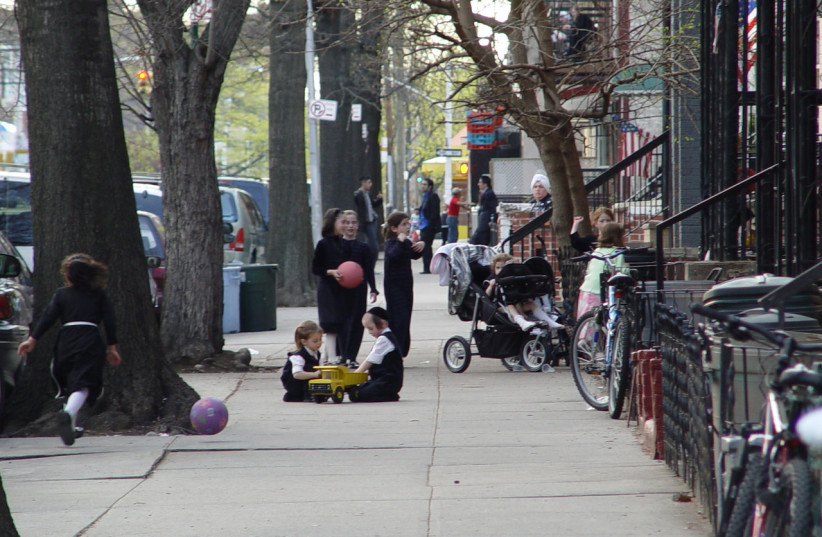The Anshei Lubawitz synagogue in New York’s Borough Park, Brooklyn was torn down on Sunday after years of legal battles waged in both civil and religious courts.
Opponents of the property’s redevelopment lamented the demolition and cried foul over its timing and process. In a letter to the rabbinical court mediating the dispute, Stuart A. Blander, a lawyer representing a group of the synagogue's members, expressed "shock and horror," writing that "In more than four decades of practicing law, it is difficult for me to recall anything more outrageous occurring in any case in which I have been associated."
Yaacov Behrman, president of the Jewish Future Alliance, told New York’s ABC7 that developers had violated the conditions imposed on them in arbitration. “They have to follow Jewish law in how they take down the synagogue,” Behrman said. “None of this was followed.”
Early Wednesday morning, Berhman shared on X a letter from one of the rabbis on the arbitration panel, saying that the demolition of the building had violated the terms of the court’s ruling. At issue, among other things, was the status of ritual objects located inside the synagogue.
Asher Gluck, a board member of the congregation, however, said the synagogue had to be replaced. “It’s an old building; it was a historic building,” Gluck told ABC7, “but the problem with this building was that it needed a lot of money throughout the years for maintenance. And because it wasn’t maintained, the building was in a dilapidated state, in a dangerous state, and it was about to fall apart.”

Building was the neighborhood's oldest surviving synagogue
The synagogue, built in 1907, was the oldest surviving synagogue in the now heavily Jewish neighborhood of Borough Park.
The congregation it hosts, founded in 1914 by followers of the Chabad-Lubavitch movement, is likely the oldest continuously operating synagogue of that Hasidic group in the United States. Hailing from a namesake village in Russia, Chabad-Lubavitch has since grown into a major force in American Jewish life.
The property has been eyed for real estate development for years, against opposition from some, but not all, members of the congregation.
A developer purchased the property for $3.1 million in 2017, with plans to tear down the building and build a six-story condominium, with a new synagogue on the ground floor and basement.
In a bid to cancel those plans, members of the congregation who opposed the development sought in March 2019 to have the building protected as a landmark.
That April, a Jerusalem rabbinic authority commented on the controversy, stating that the sale would be prohibited by Jewish law, because such a building is presumed protected and there was not a sufficient reason in this case to destroy it.
The rabbinic court in Brooklyn that ultimately mediated the dispute, however, permitted the demolition of the synagogue, with conditions, including the provision of a $5m performance bond and assurances to the congregation about its space in the new building.
The demolition on Sunday was undertaken "in blatant and contumacious violation" of those conditions, Blander wrote.
